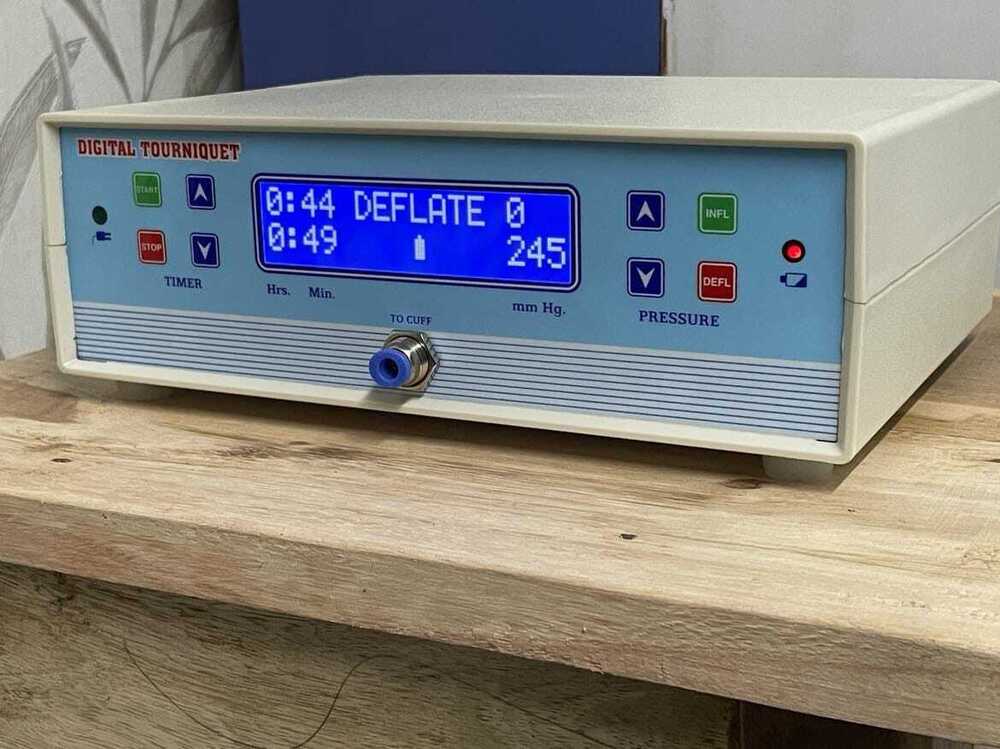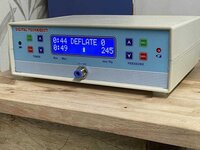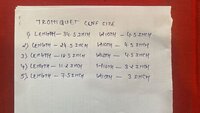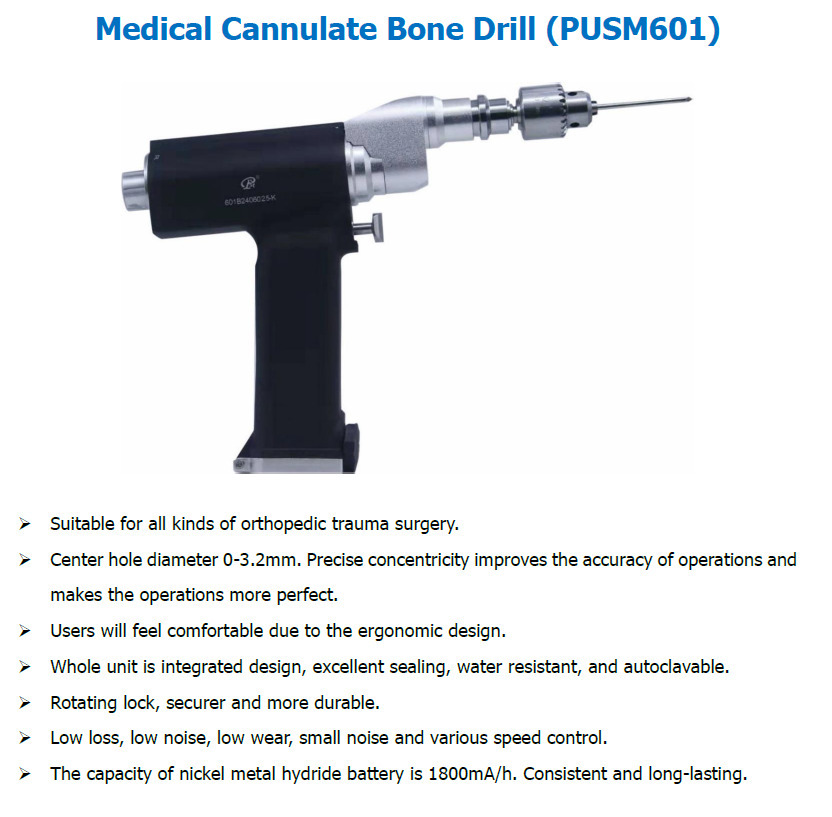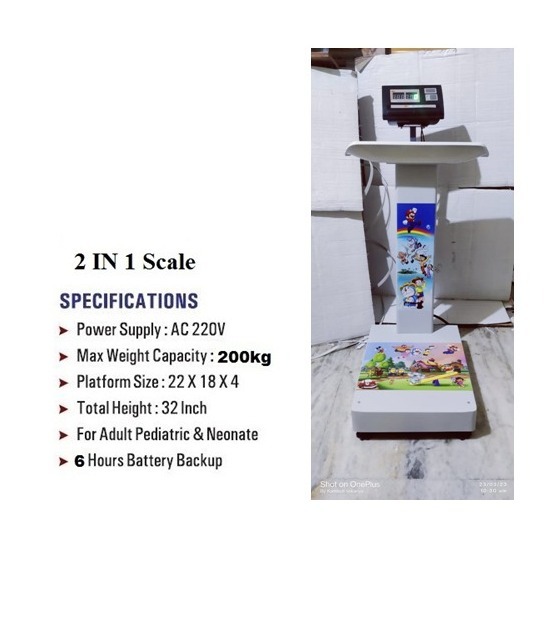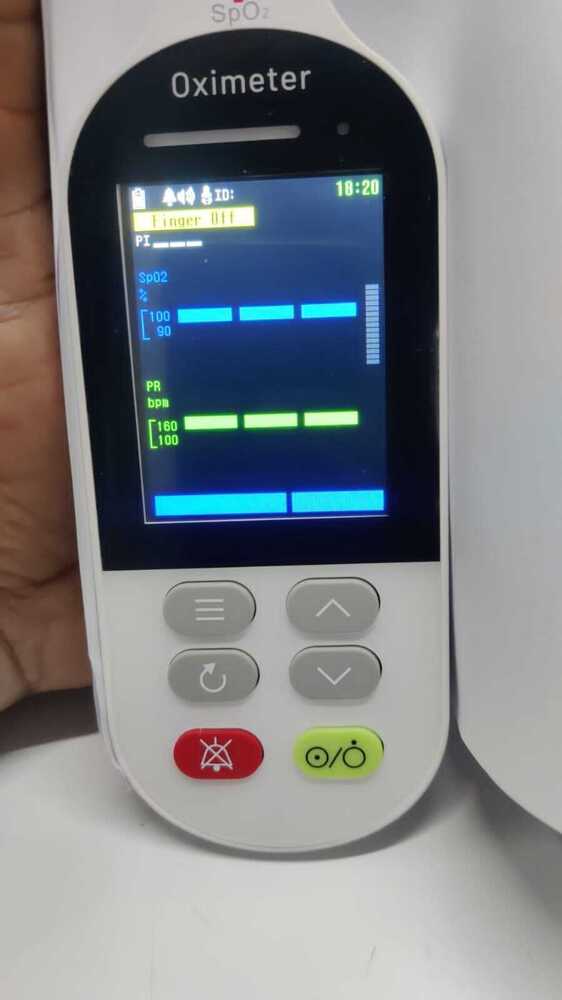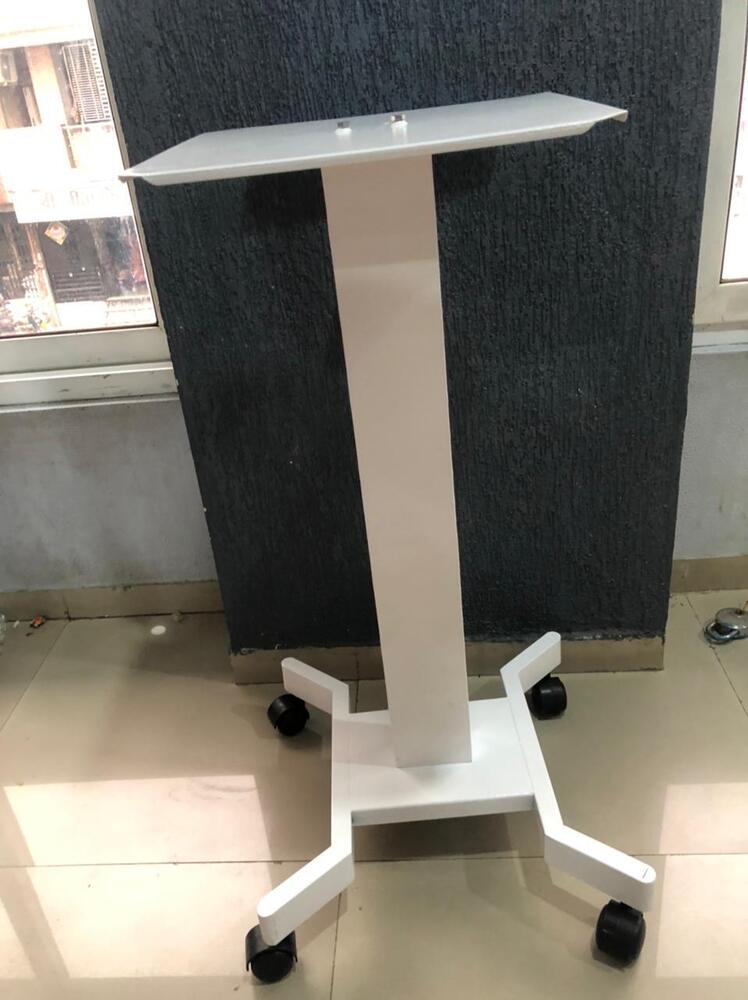TOURNIQUTE BELT
Product Details:
- Suitable For HOSPITAL
- Material IRON
- Dimension (L*W*H) 22*22*22 Inch (in)
- Color Code GREEN BLUE
- Product Type MEDICAL
- Use HOSPITAL USE
- Weight 15 Kilograms (kg)
- Click to View more
TOURNIQUTE BELT Price And Quantity
- 1 Piece
- 20000 INR/Piece
TOURNIQUTE BELT Product Specifications
- HOSPITAL USE
- HOSPITAL
- MEDICAL
- GREEN BLUE
- 22*22*22 Inch (in)
- IRON
- 15 Kilograms (kg)
TOURNIQUTE BELT Trade Information
- Cash in Advance (CID)
- Asia Australia Central America North America South America Eastern Europe Western Europe Middle East Africa
- All India South India Central India West India North India East India Gujarat Karnataka Kerala Lakshadweep Mizoram Meghalaya Manipur Andhra Pradesh Bihar Chandigarh Daman and Diu Goa Jharkhand Odisha Punjab Assam Delhi Dadra and Nagar Haveli Andaman and Nicobar Islands Arunachal Pradesh Chhattisgarh Haryana Himachal Pradesh Jammu and Kashmir Madhya Pradesh Maharashtra Nagaland Rajasthan Sikkim Tamil Nadu Telangana Tripura Pondicherry Uttar Pradesh Uttarakhand West Bengal
Product Description
A tourniquet is a medical device used to control blood flow in a limb by applying pressure to temporarily occlude blood circulation It is essential in emergency care surgical procedures and blood sampling to prevent excessive bleeding or to create a bloodless field for operations
Key Features of a Tourniquet
Adjustable Pressure Control
Allows precise pressure regulation to stop bleeding without causing tissue damage
Digital or manual pressure settings for accuracy
Flexible Material Design
Made of elastic bands nylon straps or silicone tubing for comfortable application and secure tightening
Ensures durability and flexibility for use in various limb sizes
QuickRelease Mechanism
Emergency release buckles or twist controls enable rapid removal to avoid prolonged ischemia
Velcro straps or clips provide secure fastening
Compact and Lightweight
Designed for easy portability in emergency kits or military firstaid packs
Foldable and smallsized for field operations
TimeTracking Indicators Optional
Integrated time markers for monitoring application duration preventing complications like nerve damage or tissue necrosis
LatexFree Construction
Made from hypoallergenic materials to prevent skin irritation and ensure safety for all patients
Digital or Pneumatic Models Advanced
Electric or pneumatic tourniquets for surgical applications with automated pressure settings and alarms
Monitors pressure levels to avoid overcompression
Types of Tourniquets
Emergency Tourniquets
Designed for firstaid use to stop lifethreatening bleeding in trauma situations
Often used by paramedics military personnel and disaster relief teams
Surgical Tourniquets
Used in operating rooms to create a bloodless surgical field
Includes manual or pneumatic systems for precise pressure control
Venous Tourniquets Phlebotomy
Applied during blood draws or IV insertions to restrict venous flow and locate veins easily
Made of elastic or silicone bands
Tactical Military Tourniquets
Specifically built for combat and field emergencies
Robust design with reinforced straps for harsh environments
Digital and Automatic Tourniquets
Provides programmable pressure controls and monitoring alarms
Ideal for complex surgeries and orthopedic procedures
Pediatric Tourniquets
Designed for smaller limbs with gentler compression mechanisms
Applications of a Tourniquet
Trauma and Emergency Care
Stops arterial bleeding in accident victims or battlefield injuries
Surgical Procedures
Creates a bloodless field for orthopedic surgeries or amputations
Phlebotomy and IV Access
Helps in blood sample collection or insertion of intravenous catheters
Military and Tactical Use
Essential in combat zones for lifesaving interventions before hospital transport
Sports Medicine
Treats muscle injuries and bleeding wounds in sports injuries
Rehabilitation and Therapy
Used in blood flow restriction BFR therapy for muscle recovery and training exercises
Specifications Example Model
ParameterSpecification
MaterialNylon Silicone or Elastic Bands
Pressure Range0500 mmHg adjustable for surgical models
Size OptionsSmall Medium Large Pediatric
Weight100500 grams portable
Release MechanismQuickRelease Buckles Velcro Straps
Power SourceManual or BatteryPowered Digital
Additional FeaturesPressure Sensors Time Indicators
Advantages of Tourniquets
Rapid Hemorrhage Control Effective in lifethreatening emergencies to prevent blood loss
Versatile Application Suitable for trauma surgery phlebotomy and rehabilitation therapy
Compact and Portable Lightweight designs allow for quick deployment in field emergencies
Customizable Pressure Settings Prevents overcompression injuries in surgical use
Durable and Reusable Highquality materials ensure longterm usability
Limitations of Tourniquets
Tissue Damage Risk Improper use or prolonged application 2 hours may lead to nerve damage or ischemia
SkillDependent Application Requires proper training to ensure effective use without injury
Limited Use in NonLimb Injuries Cannot be used for head neck or torso bleeding
Cost of Advanced Models Digital and pneumatic tourniquets may be expensive compared to manual types
Modern Enhancements Optional Features
Time Alert Systems
Integrated timers and alarms to alert excessive usage duration
Pressure Sensors and Monitors
Ensures accurate pressure control for surgical applications
BatteryOperated Models
Provides power backup for field or transport use
Smart Connectivity
Features wireless monitoring and data logging for tracking usage and safety compliance
Conclusion
The Tourniquet is a lifesaving medical tool designed for bleeding control surgical precision and clinical applications With modern features like pressure monitoring and digital controls it enhances safety and efficiency in emergency and operating environments
Would you like further information on specific tourniquet models pricing or advanced features

Price:
- 50
- 100
- 200
- 250
- 500
- 1000+
Other Products in 'KORRIDA MEDICAL SYSTEM' category
 |
KORRIDA MEDICAL SYSTEMS
All Rights Reserved.(Terms of Use) Developed and Managed by Infocom Network Private Limited. |

 Send Inquiry
Send Inquiry